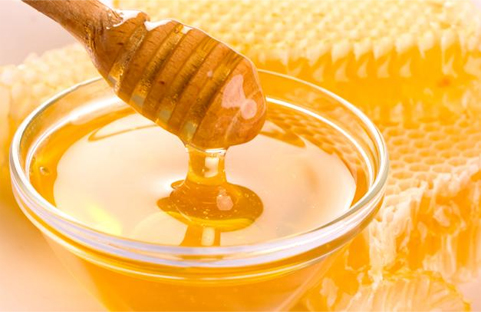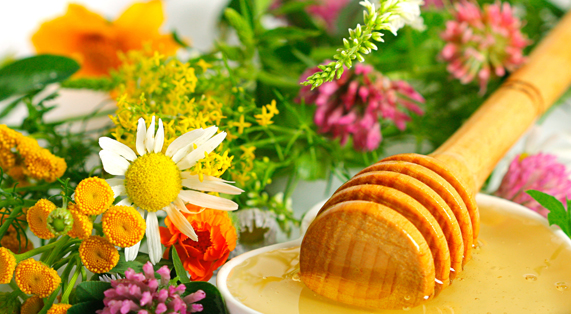لخصائص المضادة للأكسدة، الفينول الكلي وتحليل حبوب اللقاح من عينات صمغ نحل من البرتغال. Antioxidant properties, total phenols and pollen analysis of propolis samples from Portugal
ا
لخصائص المضادة للأكسدة، الفينول الكلي وتحليل حبوب اللقاح من عينات صمغ نحل من البرتغال.
Antioxidant properties, total phenols and pollen analysis
of propolis samples from Portugal
Leandro Moreira, Luís G. Dias, José Alberto Pereira, Leticia Estevinho
الخصائص المضادة للأكسدة، الفينول الكلي وتحليل حبوب اللقاح من عينات صمغ نحل من البرتغال.
المستخلص:
تم دراسة تحليل حبوب اللقاح ومجموع محتوى الفينول والنشاط المضاد للأكسدة لأول مرة لعينات صمغ النحل البرتغالية منطقتي بورنز وفونداو(Bornes and Fundão). تم تحديد محتوى الفينول الكلي بواسطة قياس اللوني ومقداره كان 329 ملجم / ج من GAE في عينة بورنز (Bornes) و 151 ملجم / جرام من GAE في صمغ النحل من فونداو (Fundão). وقد تم تقييم القدرة المضادة للأكسدة من مستخلصات صمغ النحل من خلال آثار التنظيف على DPPH (2,2- diphenyl-1-picrylhydrazyl) والحد من قوة تأثير iron (III)/ ferricyanide المُركب التقييم. التركيز المستقل للقدرة المضادة للأكسدة تم التحقق منها بواسطة DPPH وتقليل قوة التقييم. تم الحصول على قيم منخفضة للEC50 في تحليل ال DPPH وكانت لصمغ النحل من بورنز و فونداو ((Bornes and Fundão ) وكانت (6.22 lg/mL and 52.00 lg/mL ، على التوالي). للحد من للقوة كانت القيم 9.009.00 lg/mL, for Bornes لصمغ النحل من بورنز (Bornes)، و55.00 lg/mL, for Fundão لصمغ النحل فونداو(Fundão). يمكن أن يرتبط ارتفاع نشاط صمغ النحل من بورنز بإختلاف مكونات حبوب اللقاح. وتشير النتائج التي تم الحصول عليها إلى أن صمغ النحل البرتغالي هو مصدر مهم لمجموع الفينولات الكلية التي تظهر خصائص مضادة للأكسدة التي يمكن أن تكون مفيدة لصحة الإنسان.
Antioxidant properties, total phenols and pollen analysis
a b s t r a c t
Pollen analysis, total phenols content and antioxidant activity were studied for the first time in Portuguese
propolis samples from Bornes and Fundão regions. Total phenols content was determined by colorimetric
assay and their amount was of 329 mg/g of GAE in Bornes sample and 151 mg/g of GAE in Fundão propolis.
The antioxidant capacity of propolis extracts was assessed through the scavenging effects on DPPH (2,2-
diphenyl-1-picrylhydrazyl) and reducing power of iron (III)/ ferricyanide complex assays. A concentration-
dependent antioxidative capacity was verified in DPPH and reducing power assays. Low values of
EC50 on DPPH scavenging assay were obtained for Bornes and Fundão propolis (of 6.22 lg/mL and
52.00 lg/mL, respectively). For reducing power the values were 9.00 lg/mL, for Bornes propolis, and
55.00 lg/mL, for Fundão propolis. The high activity of propolis from Bornes could be related with their different
pollen composition. The results obtained indicate that Portuguese propolis is an important source of
total phenols showing antioxidant properties that could be beneficial for human health.




